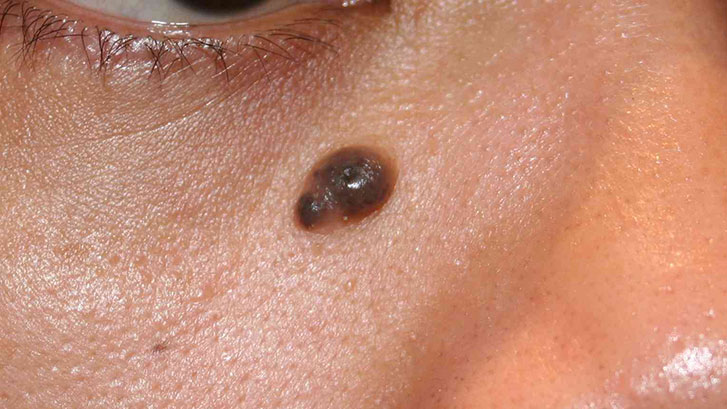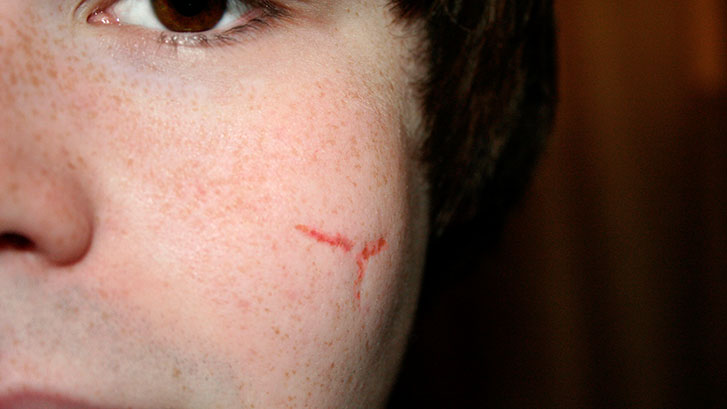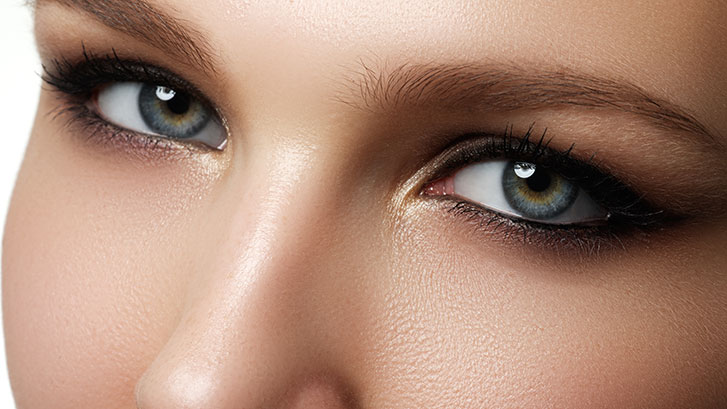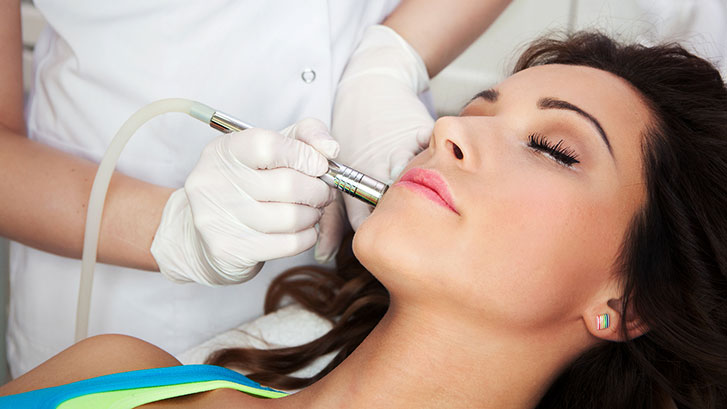What Happens to Your Facial Skin During Winter
As the temperature drops so does your skin’s ability to fend off the ravages of Mother Nature. Harsh winds and dry air remove the natural oils from your epidermis, making it dry and prone to irritation. The skin can become itchy and painful, and conditions like eczema and psoriasis can act up. Winter weather does its best to damage your skin, but there are several precautions you can take to lessen the most severe punishments doled out by these chilly months.
COVER UP
In addition to bundling your body with as many layers as possible, be sure to remember the most important layer: your skin. Whenever your bare flesh is exposed to the elements, they take their toll. By applying a moisturizer with the proper SPF, you multiply your skin’s defense against the weather. Even though sunblock is considered a summer accessory, SPF actually stands for “sun protection factor” – and the sun shines year round. “Protection” is the key word of the popular phrase/acronym, so protect yourself heartily this winter. And for the best defense, just add water…
STAY HYDRATED, INSIDE AND OUT
Water is the essential building block of all life, so any physician would agree that hydration is the key to great health. Stock up on H2O, but be wary of how you sip it. Drinking directly from a cup or bottle leaves watery residue on your lips. When that runoff evaporates, it draws your natural oils with it. This can result in chapped lips, which triggers a thirst for more water, creating a vicious cycle. Instead, you should drink from a straw and be sure to apply a petroleum-based salve on your lips at the first signs of chapping or chafing.
But it’s not enough to just imbibe water; you should also incorporate moisture into your daily routine and environment. Many people use humidifiers to “winterize” their homes. Ideally, the humidity should measure between 30 and 50 percent (this can be measured with a hygrometer). But external hydration has its limits, so don’t overdo it.
AVOID EXCESSIVE, HOT SHOWERS
While long, hot showers can feel like a welcome reprieve from the February climate, the heated water is harsh on your skin. Keep your bath time brief and use gentle soaps with moisturizing ingredients. After your shower, use a towel to pat dry. Rubbing with a rough cloth can irritate your skin. This rule also applies to the inner layers that you don when you get dressed, so avoid wools and polyester; the more contact these itchy fabrics have with your skin, the more they irritate it. Instead, wear breathable fabrics that are more conducive to the maintenance of healthy skin.
EXFOLIATE RESPONSIBLY
The dead cells accumulating on the surface of your skin can prevent the growth of healthier replacement cells, so exfoliation is vital to battling the winter blues. By removing these dead cells, you prevent them from clogging up your pores and worsening the irritation of the cold weather. You can exfoliate at home or get more thorough treatments from a cosmetic or plastic surgeon. At-home exfoliators can include jojoba scrubs, beads, fruit enzymes, and other treatments.
Alternately, you could opt for professional skin resurfacing treatment such as chemical peels, dermabrasion, and microdermabrasion, or laser resurfacing treatments. Regardless of the type of exfoliation, be sure to moisturize well afterward, as the process strips your skin of its protective layer of oils.
REPLENISH YOUR SKIN
Once you’ve taken steps to protect your skin against further damage from the cold, you need to resupply your skin with the hydration that it has already lost. You should also apply ample moisturizers to both promote cell health and replace the protective barrier of your epidermis. Your moisturizer should be oil based rather than water based (rule of thumb: many moisturizers marketed as “night creams” are oil based), but be careful to use oils that won’t clog your pores, like mineral oil, primrose oil, avocado oil, or almond oil. Avoid shea oil and shea butter. Ideally, your moisturizer will contain humectants, which are ingredients that promote your skin’s natural hydration. Ingredients to seek out include glycerine, sorbitol, and alpha-hydroxy acids.
CONSULT A PROFESSIONAL
To maximize your healthiest glow during the winter, be sure to visit a medical professional. A dermatologist can help you determine the best routine to ensure the health of your skin. Additionally, a plastic surgeon who specializes in facial cosmetic procedures can strategize the smartest ways to keep your skin looking its best the whole year through.
Based out of Los Angeles, Dr. William J. Binder is considered one of the world’s best plastic surgeons. He is double board certified, has been extensively published, and has 10 patents on various medical devices and pharmaceuticals.
Give your skin the care and consideration it deserves, especially in the severe and stressful winter months. Contact Dr. Binder’s office today to schedule your consultation.










